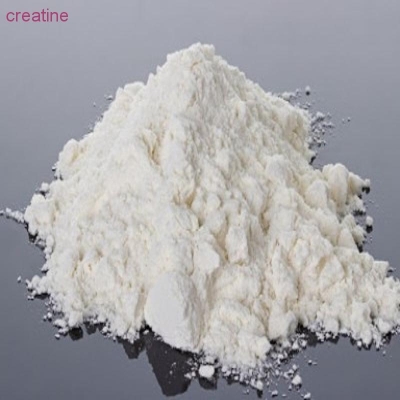-
Categories
-
Pharmaceutical Intermediates
-
Active Pharmaceutical Ingredients
-
Food Additives
- Industrial Coatings
- Agrochemicals
- Dyes and Pigments
- Surfactant
- Flavors and Fragrances
- Chemical Reagents
- Catalyst and Auxiliary
- Natural Products
- Inorganic Chemistry
-
Organic Chemistry
-
Biochemical Engineering
- Analytical Chemistry
- Cosmetic Ingredient
-
Pharmaceutical Intermediates
Promotion
ECHEMI Mall
Wholesale
Weekly Price
Exhibition
News
-
Trade Service
foodmate.
net/tag_3748.
html" class="zdbq" title="Food related food information" target="_blank">Food Partners ReutersAccording to the Australia New Zealand Foodfoodmate.
net/tag_134.
html" class="zdbq" title="Standard related food information" target="_blank"> Standards Agency (FSANZ) message, February 12, 2019, the Australia New Zealand Food Standards Agency issued Notice No.
73-19, Proposed new production methods (including enzymatic conversion method)foodmate.
net/tag_1848.
html" class="zdbq" title="Sweetener-related food information" target="_blank"> sweeteners Levin Bodiside D.
net/tag_3748.
html" class="zdbq" title="Food related food information" target="_blank">Food Partners ReutersAccording to the Australia New Zealand Foodfoodmate.
net/tag_134.
html" class="zdbq" title="Standard related food information" target="_blank"> Standards Agency (FSANZ) message, February 12, 2019, the Australia New Zealand Food Standards Agency issued Notice No.
73-19, Proposed new production methods (including enzymatic conversion method)foodmate.
net/tag_1848.
html" class="zdbq" title="Sweetener-related food information" target="_blank"> sweeteners Levin Bodiside D.
It is understood that this application was filed by SweeGen, Inc.
, and this method is based on an enzyme conversion process using an enzyme processing aid (UGT-A), which is derived from Pichia pastoris Of genetically modified strains.
, and this method is based on an enzyme conversion process using an enzyme processing aid (UGT-A), which is derived from Pichia pastoris Of genetically modified strains.
Some of the original reports are as follows:
The Code permits the use of Reb D and other steviol glycosides as food additives in various food categories subject to prescribed limits and also imposes identity and purity specifications with which Reb D and other steviol glycosides must comply.
These current specifications do not allow for SweeGen's production method.
SweeGen's application seeks to amend Schedule 3-Identity and Purity to include a reference to this new production method.
This will allow the use of SweeGen's Reb D in accordance with the Code's existing permissions and limits for currently permitted steviol glycosides.
These current specifications do not allow for SweeGen's production method.
SweeGen's application seeks to amend Schedule 3-Identity and Purity to include a reference to this new production method.
This will allow the use of SweeGen's Reb D in accordance with the Code's existing permissions and limits for currently permitted steviol glycosides.
This article is edited by the Food Information Center of FoodPartner.
com for the reference of netizens.
Welcome to reprint.
Please indicate the source for reprinting! If you have any questions, please contact news@foodmate.
net.
com for the reference of netizens.
Welcome to reprint.
Please indicate the source for reprinting! If you have any questions, please contact news@foodmate.
net.







